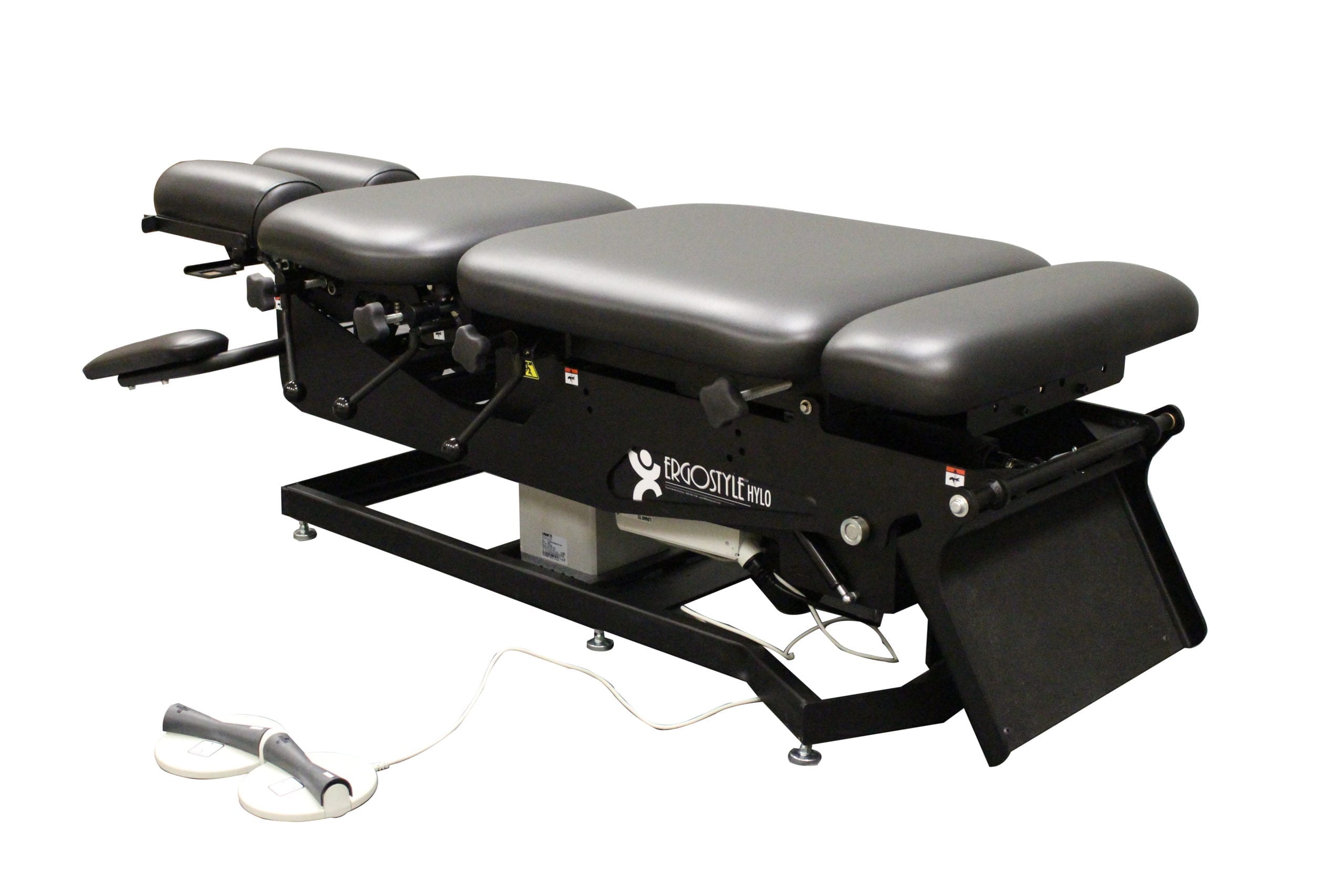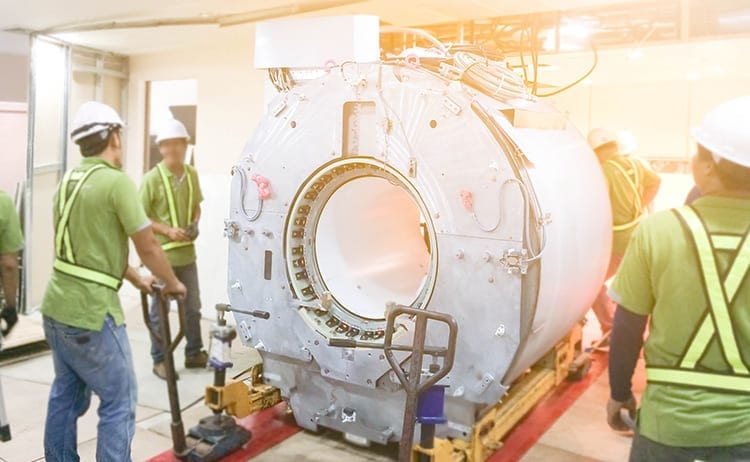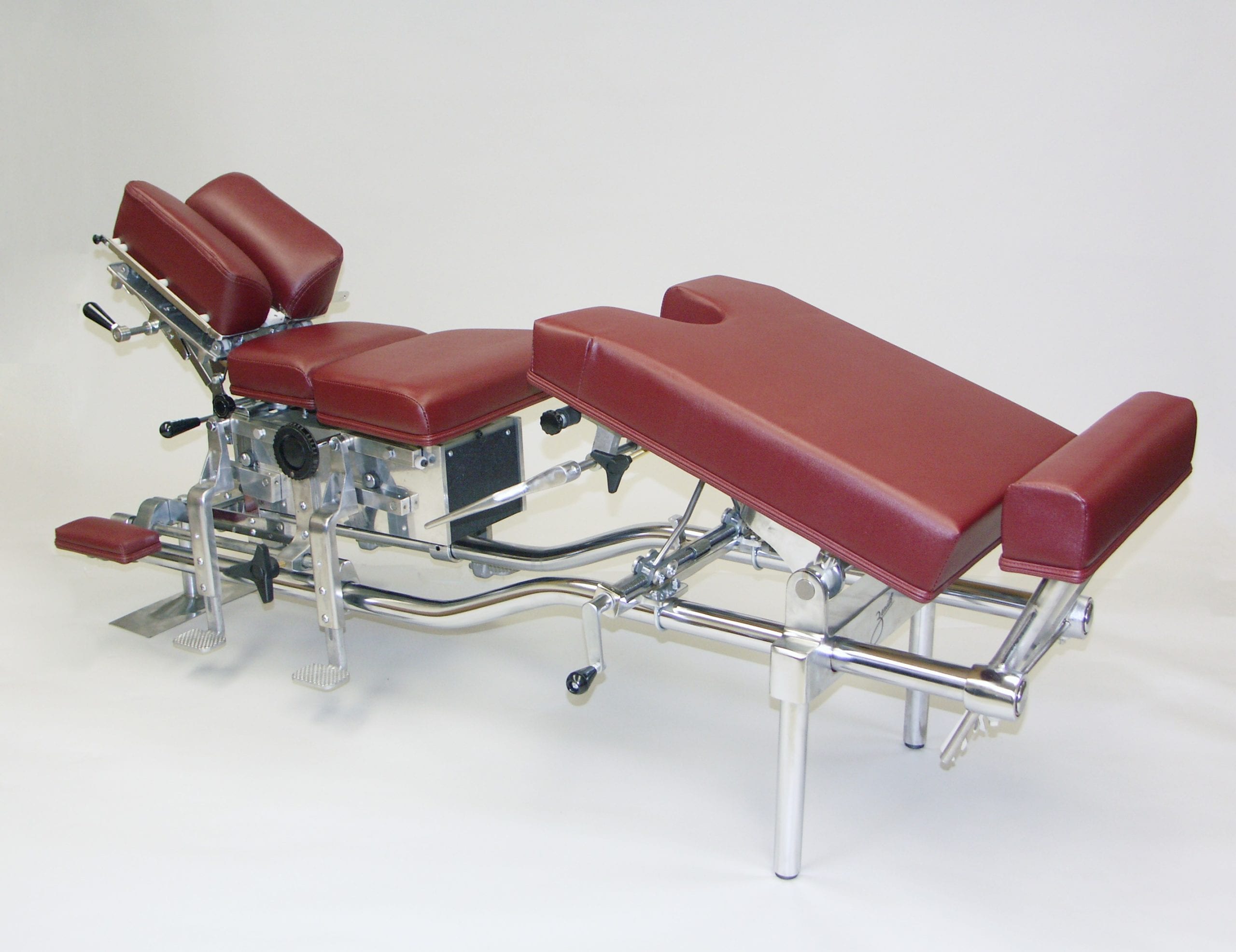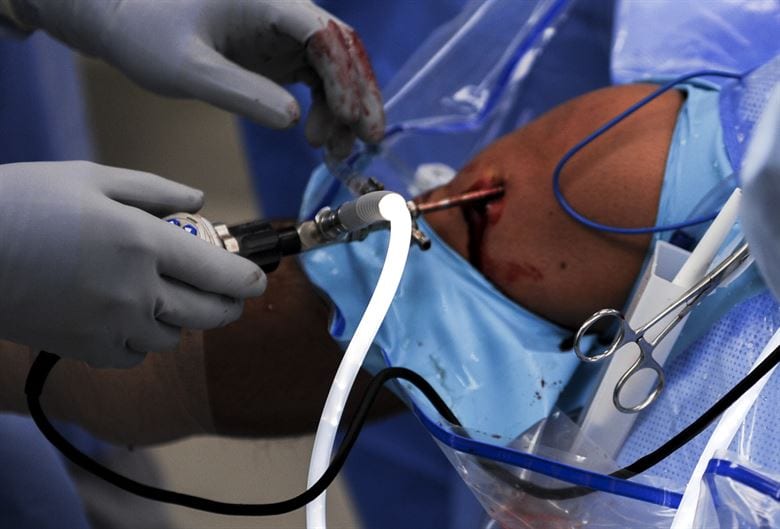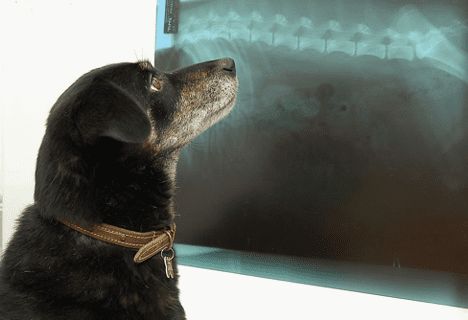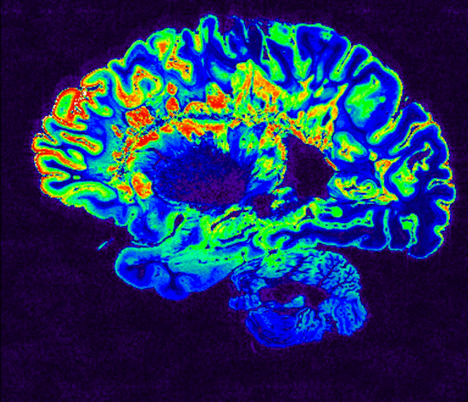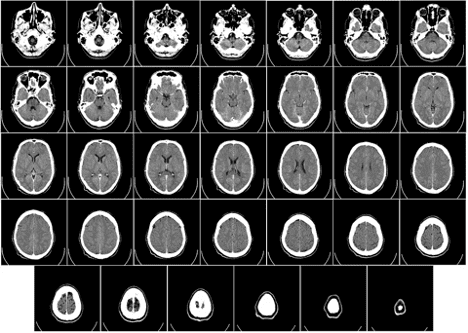
X-rays revolutionized medicine, giving doctors and diagnosticians new understanding of the human body and the ability to make more accurate diagnoses without dangerous exploratory surgery. Useful though they may be, they have their limitations. Newer technologies like magnetic resonance imaging (MRI) and computerized tomography (CT) scans allow for a degree of resolution and accuracy that x-rays cannot match. But what’s the difference between an MRI and a CT scan? How do they work, and which tool is best suited to which diagnostic uses? And what kind of radiation shielding installations would you need in both cases?
What is a CT Scan?
A CT scan, also known as a CAT (Computerized Axial Tomography) scan, uses x-rays, but it’s not the same as traditional x-ray equipment. Where an x-ray presents a two-dimensional view of the area studied, and is best suited to studying higher-density tissue like bone, a CT scan is capable of detailed renderings of soft tissue with multiple cross-sections. The use of x-rays requires the installation of medical radiation shielding.
CT Scan Uses
CT scans are useful for a wide range of conditions.
- Circulation problems, from heart disease to aneurysms and arterial blockages
- Brain conditions like calcification, tumors, and hemorrhaging
- Lung ailments like cancer, emphysema, or a collapsed lung
- Complex skeletal problems like complex fractures or spinal cord injury
- Abnormalities in the abdomen or urinary tract
What is an MRI?
Like a CT scan, an MRI is capable of detailed study of the body in three-dimensional space. However, unlike a CT scan, an MRI does not rely on x-rays. Instead, it uses radio waves in conjunction with strong magnets to scan the body. This makes an MRI a better tool for diagnostics where bones would block soft tissue. While radiation shielding isn’t an issue, the strong magnets in use mean that metal instruments and other medical supplies — like oxygen tanks — need to be kept away from the machine.
MRI Uses
MRIs find use in complex diagnostics.
- Brain disorders, including Alzheimer’s, MS, stroke, and aneurysms
- The diagnosis of breast cancer, and the study of tumors and other cancerous masses
- Circulatory system problems like past damage from stroke and heart attack, or the onset of atherosclerosis
- Liver damage, including cancer and cirrhosis
- Complex bone problems that also involve ligaments, tendons, and soft tissue
- Intestinal disorders like ulcerative colitis, IBS, and IBD
MRI vs CT Scan: Pros and Cons
CT scans have the advantage of lower cost, higher speed, and quieter operation. While not as detailed, that rapidity can be a literal lifesaver in emergency situations, such as a suspected stroke.
MRI scans’ confined space and slower speeds can cause stress for some individuals; open MRIs can be helpful in this regard, but they won’t be quite as detailed. It’s also worth noting that MRIs can cause severe internal injuries with the presence of metal in the body (i.e., due to implants) when the magnets are in use. The slower speed has its advantages, however, not least of which is a higher degree of detail. They are also useful in applications where x-rays or CT scans could be blocked by the presence of bone.
Medical Imaging Equipment for Michigan — and Beyond
From radiation shielding to custom medical equipment solutions, Great Lakes Imaging covers the diagnostic and treatment needs of a wide range of Michigan medical practices. DVMs, chiropractors, dentists, general practitioners and more have relied on our knowledge and experience. See how we can help you — call us today!

